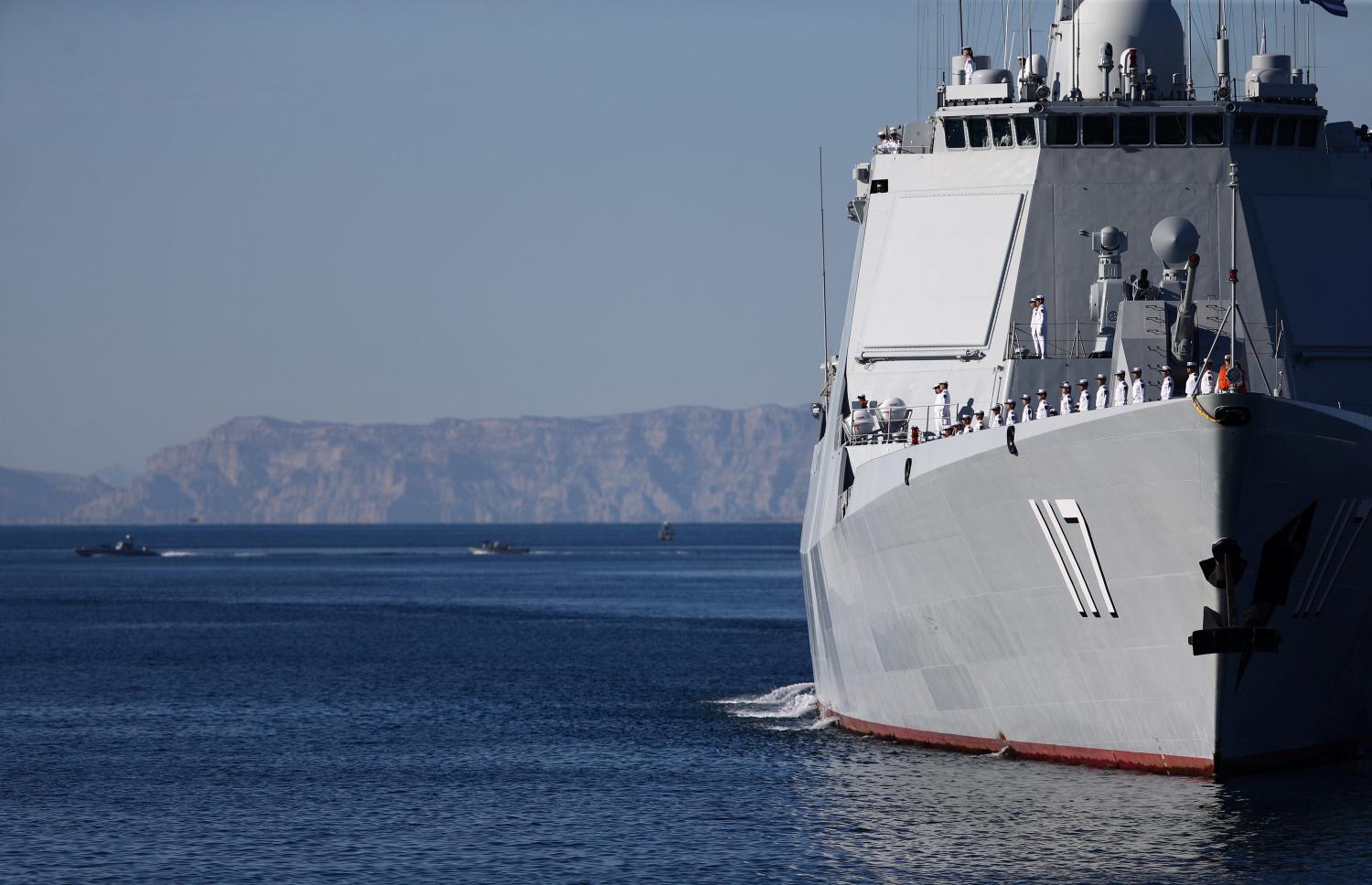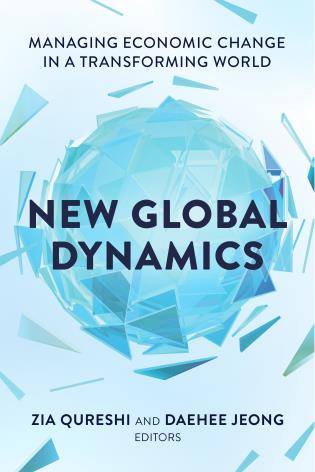Executive Summary
 China’s rise — to the position of the world’s second-largest economy, its largest energy consumer, and its number two defense spender — has unsettled global affairs. Beijing’s shift in strategy towards a more assertive posture towards the West is amplifying a change in international dynamics from patterns of multilateral cooperation towards a pattern of competition. We are entering, or have entered, a phase of rivalry between the great and major powers.
China’s rise — to the position of the world’s second-largest economy, its largest energy consumer, and its number two defense spender — has unsettled global affairs. Beijing’s shift in strategy towards a more assertive posture towards the West is amplifying a change in international dynamics from patterns of multilateral cooperation towards a pattern of competition. We are entering, or have entered, a phase of rivalry between the great and major powers.
While several actors have agency in this unfolding dynamic, the choices made by China and the United States will matter more than those of others. The interplay between those two countries’ choices will shape the prospects for peace, especially in East Asia; for prosperity, globally; for the way technology plays into the next phase of social and economic dynamics; and for the role and space accorded to democracy and human rights in international affairs. The obvious American response should be to bolster its alliances and defend the core precepts of the multilateral order. Instead, America has turn to unilateralism (and Britain, handmaiden to much of American foreign policy, has withdrawn from the European Union and must renegotiate its place in the world.)
On American and Chinese choices hinge three scenarios. We could face the “return of the jungle” — a period of increasingly unchecked rivalry between the world’s top powers, with risk of military conflict growing apace. In a more ideal scenario, all powers could exercise a degree of respect for the key treaties and provisions of the multilateral system, and the existing order could hold. Or we could see the emergence of a sharply competitive period, one in which the risk of conflict is present but not dominant, and in which the main liberal powers work together in new arrangements to defend key interests and key values.
Chinese leaders exude optimism while American politics is in disarray. But this is misleading. While in the short term, the dynamics of great power competition afford China (and Russia) some opportunities, the United States still has a better balance of risk and opportunity to shape international affairs in the period that lies ahead. What’s more, there’s continued strength and some emerging vitality among America’s most powerful allies — Japan, Germany, even Britain — and putative partners like India. Mobilizing that strength to confront the new realities of great power rivalry is the challenge for American statecraft in the period ahead.




